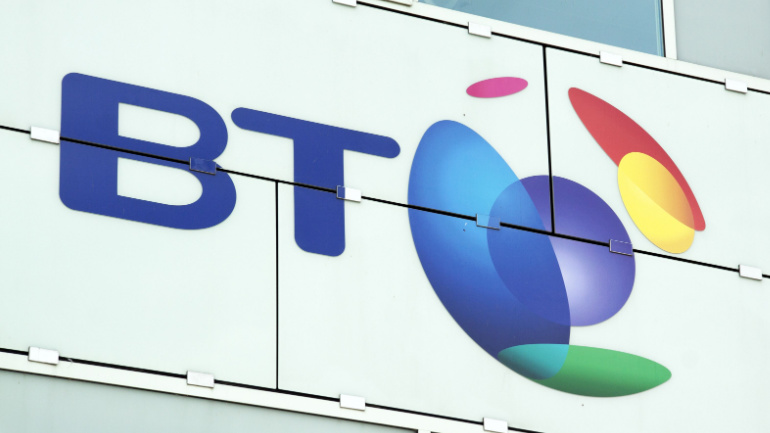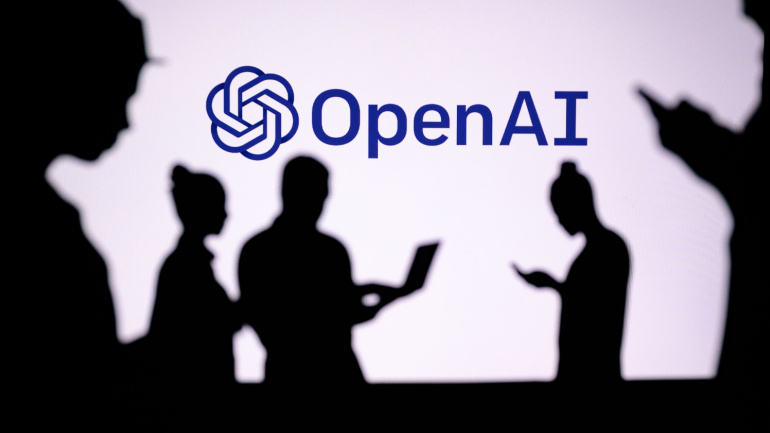In a significant development, the National Telecommunications and Information Administration (NTIA) has released updated guidelines for the $42.5 billion Broadband Equity, Access, and Deployment (BEAD) program. The revised framework, known as Uniform Guidance, outlines rules and requirements for federal financial assistance awards and subawards, aiming to enhance the efficiency of the grant management process.
Navigating the challenging mandates of the dynamic telecommunications world, UK’s premier telecom operator, BT, stumbles upon an obstacle. The company has failed to adhere to the deadline for the complete removal of Huawei equipment from its core network. The deadline, already deferred twice, raises doubts over the telecom titan’s ability to successfully transition away from Huawei’s infrastructure within the stipulated timeframe. A UK law dictates all network carriers to rid their systems of Huawei equipment by the end of 2027.
Investigating the annual telecom standings in the DACH region unveils significant enhancements. Deutsche Telekom leads in Germany, marked by its thirteenth victory in Mobile network systems, with an improvement in 15 points. Austria’s competition ended with Magenta taking the top spot, entering the global Top 5 Club. Swisscom claimed victory in Switzerland for the sixth time in a row.
Disasters can disrupt businesses and organizations at any time. How can they prepare and ensure continuity of their essential functions? This article explores how VoIP, a flexible and reliable communication technology, can offer various advantages in disaster recovery and business continuity planning.
In response to reports detailing serious device failures during the transition from analogue to digital telephony, the UK’s Technology Secretary, Michelle Donellan, convened a meeting with telecom companies and regulator Ofcom. Following the discussions, phone providers, previously urged to pause any forceful transitions, have committed to a charter aimed at protecting vulnerable households, particularly those relying on personal alarms or telecare for remote support.
As Germany’s “Gigabit funding 2.0” program faces potential budget reductions, there’s concern it may throttle the rollout process with overcrowded construction capacity, causing a potential lag in projects. Meanwhile, the Federal Ministry for Digital Affairs declares a €3.6 billion allocation for the ourishing fibre-optic network industry.
OpenAI is fortifying its internal safety protocols in response to growing concerns about the potential risks of artificial intelligence. The company has introduced a “safety advisory group” that will operate above its technical teams, offering recommendations to leadership, with the board wielding veto power—though the likelihood of its exercise remains uncertain.
Nokia, in collaboration with the HellasQCI consortium, has achieved a significant milestone in the realm of quantum-safe connectivity infrastructure. The joint initiative aimed to assess the viability of quantum-safe solutions across diverse sectors, including government, research, education, defense, law enforcement, and private sector critical infrastructure owners.
Viasat, Inc., a global front-runner in satellite communications, has launched its innovative Business Choice internet service plans, ushering in a new era of high-speed and reliable connectivity for small-to-medium businesses nationwide. These plans cater to businesses in the most remote areas, where traditional internet services fall short, enabling them to leverage essential digital tools for optimal operations.
Broadband users face the most disruptions during peak hours, particularly at 11 am on Fridays or Wednesdays, according to a recent survey. The study pinpointed additional vulnerable time slots between 6 pm and 9 pm, 2 pm and 3 pm, and 10 am. The primary culprit for disconnections, as reported by users, is broadband provider outages, accounting for a majority of the incidents. Other contributors include power cuts (42%), planned maintenance to external cables (18%), and router issues (17%).













